Project Management: Stages, Principles, and Issues Analysis
VerifiedAdded on 2020/04/21
|5
|686
|54
Project
AI Summary
This project analyzes the management of a mini-project based on the Pacific Highway Project. The project explores the entire project lifecycle, including defining the project scope, objectives, and constraints. It uses a Gantt chart for activity planning and estimation, and examines the effectiveness of group management by evaluating team skills, communication, and teamwork. Project management principles such as clear goals, risk identification, and project structure are applied. The project identifies primary issues, like scope creep and budget overruns due to improper time management. Finally, the project highlights lessons learned, such as the importance of timely risk and issue identification, project audits, and scheduling project activities.
1 out of 5
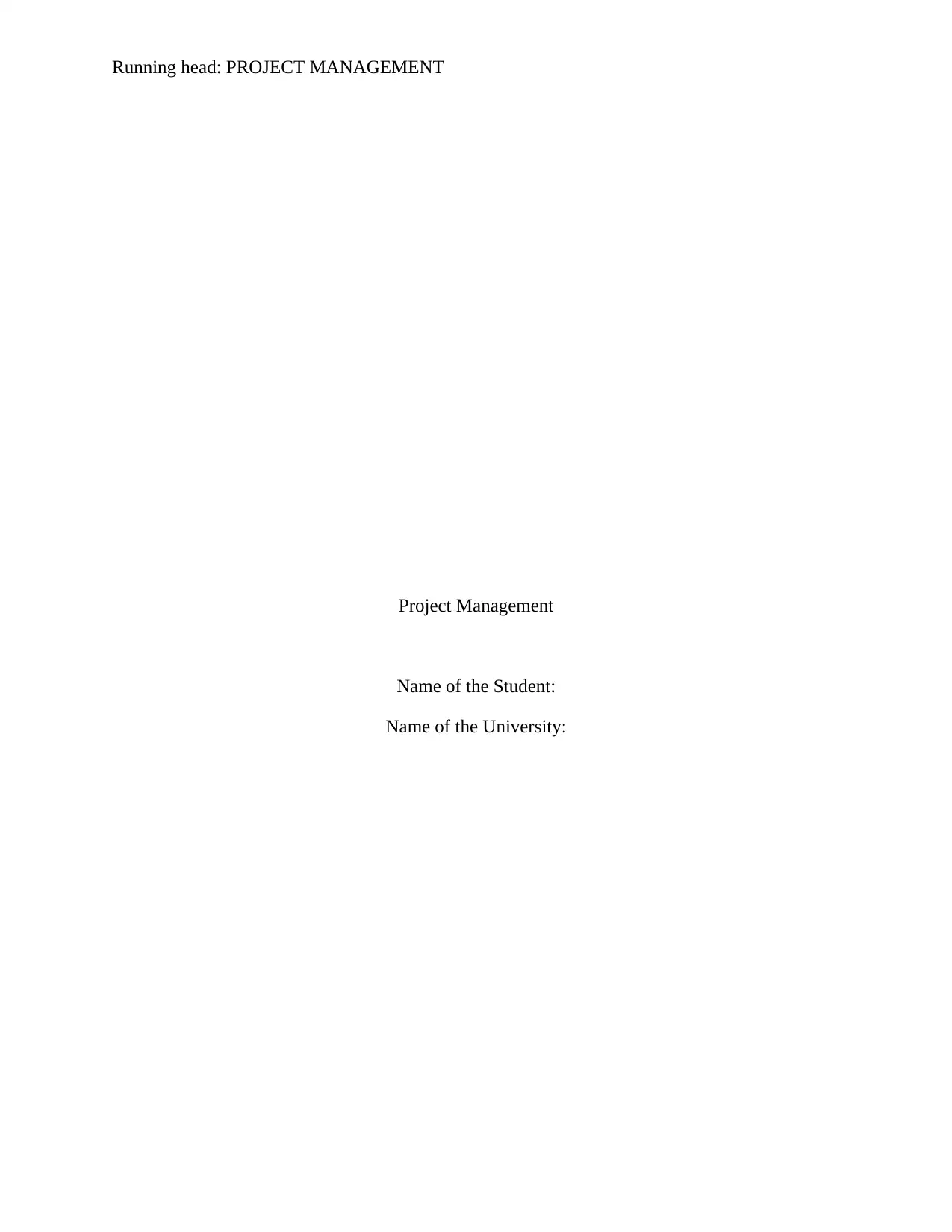
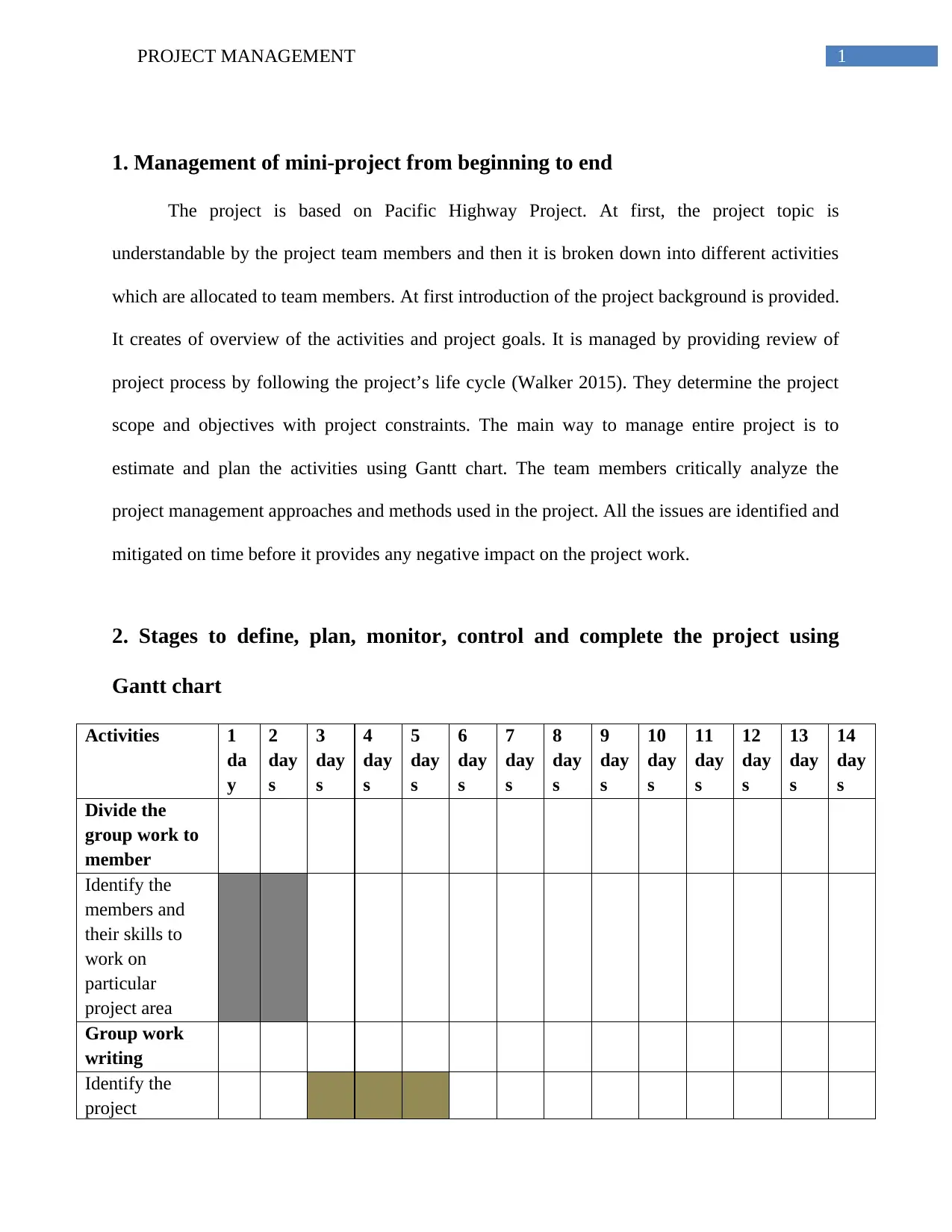
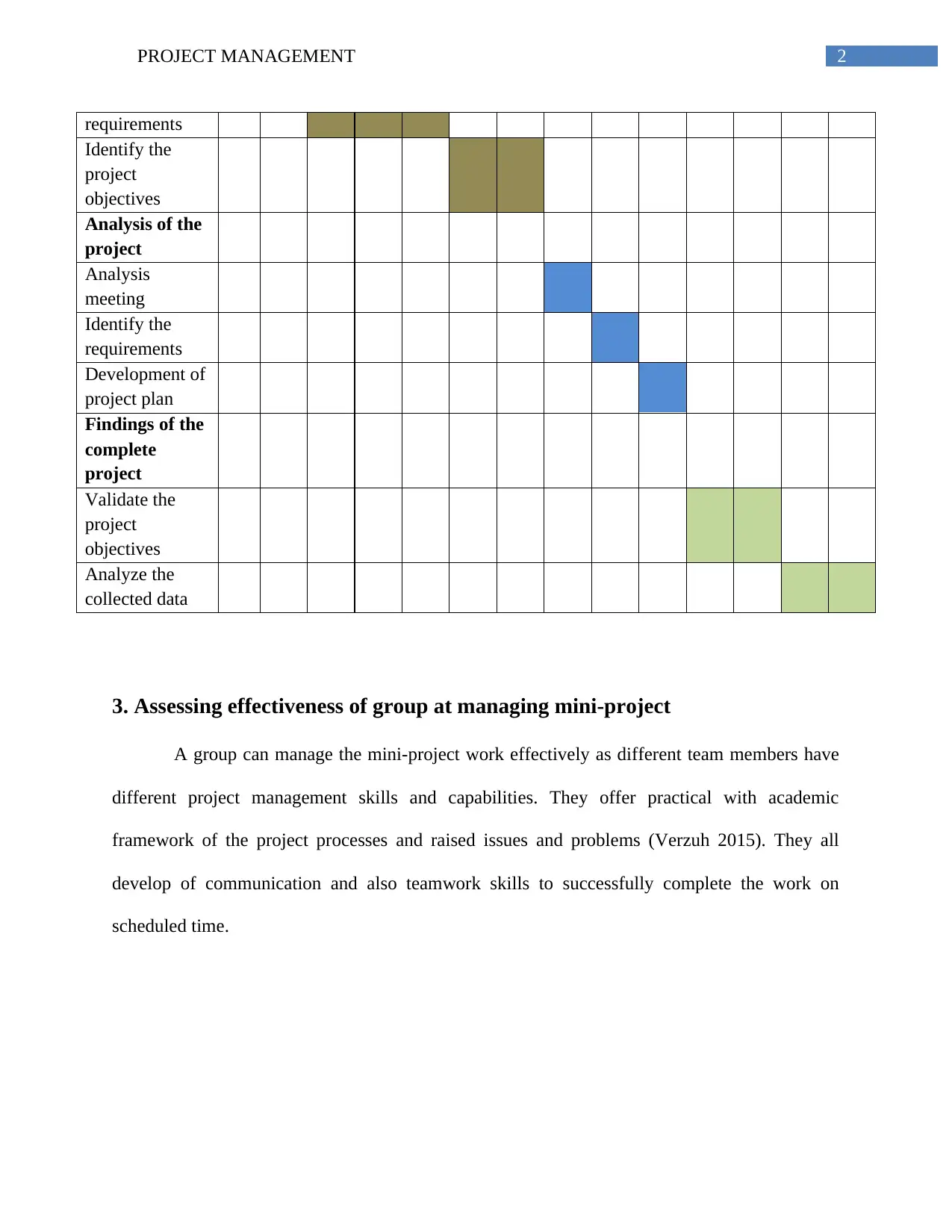

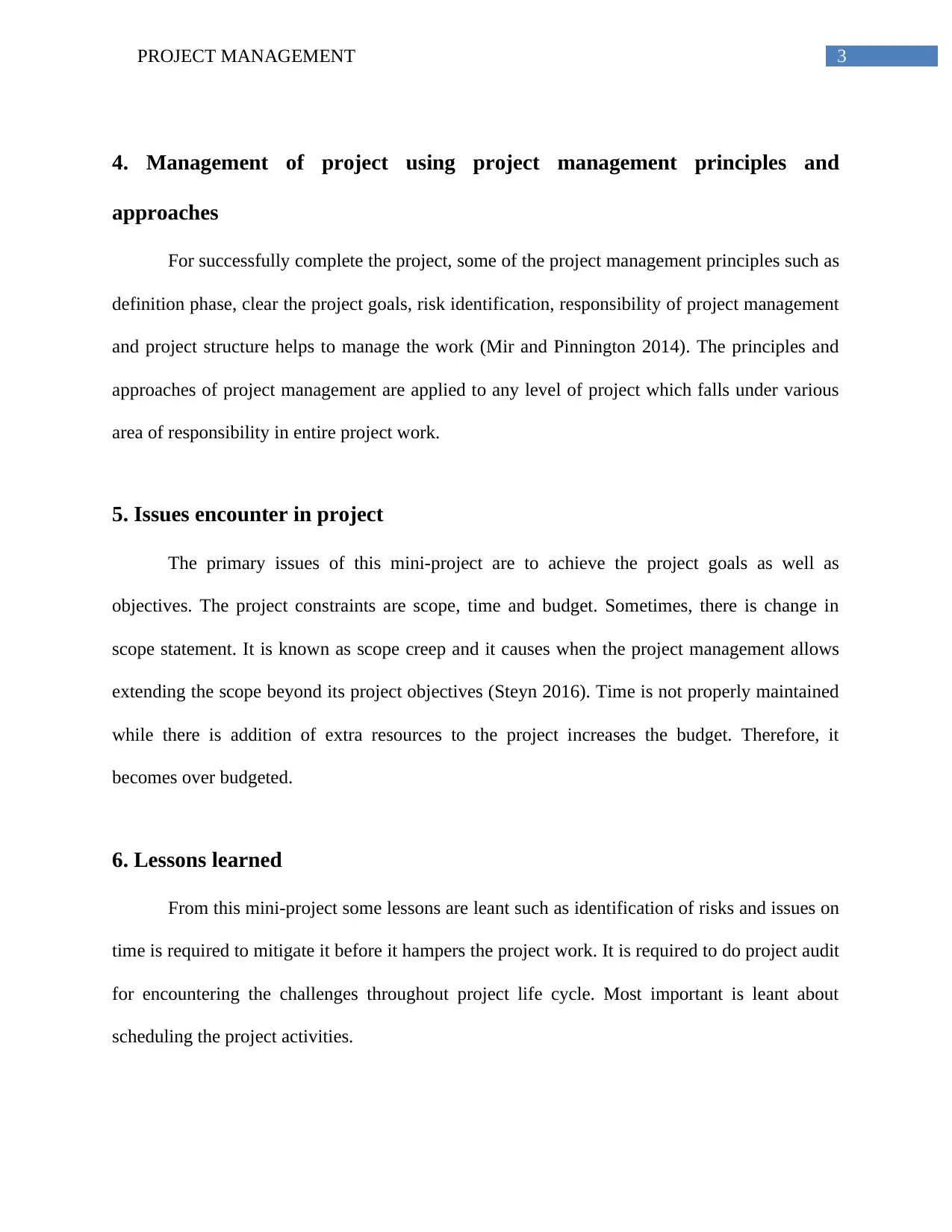
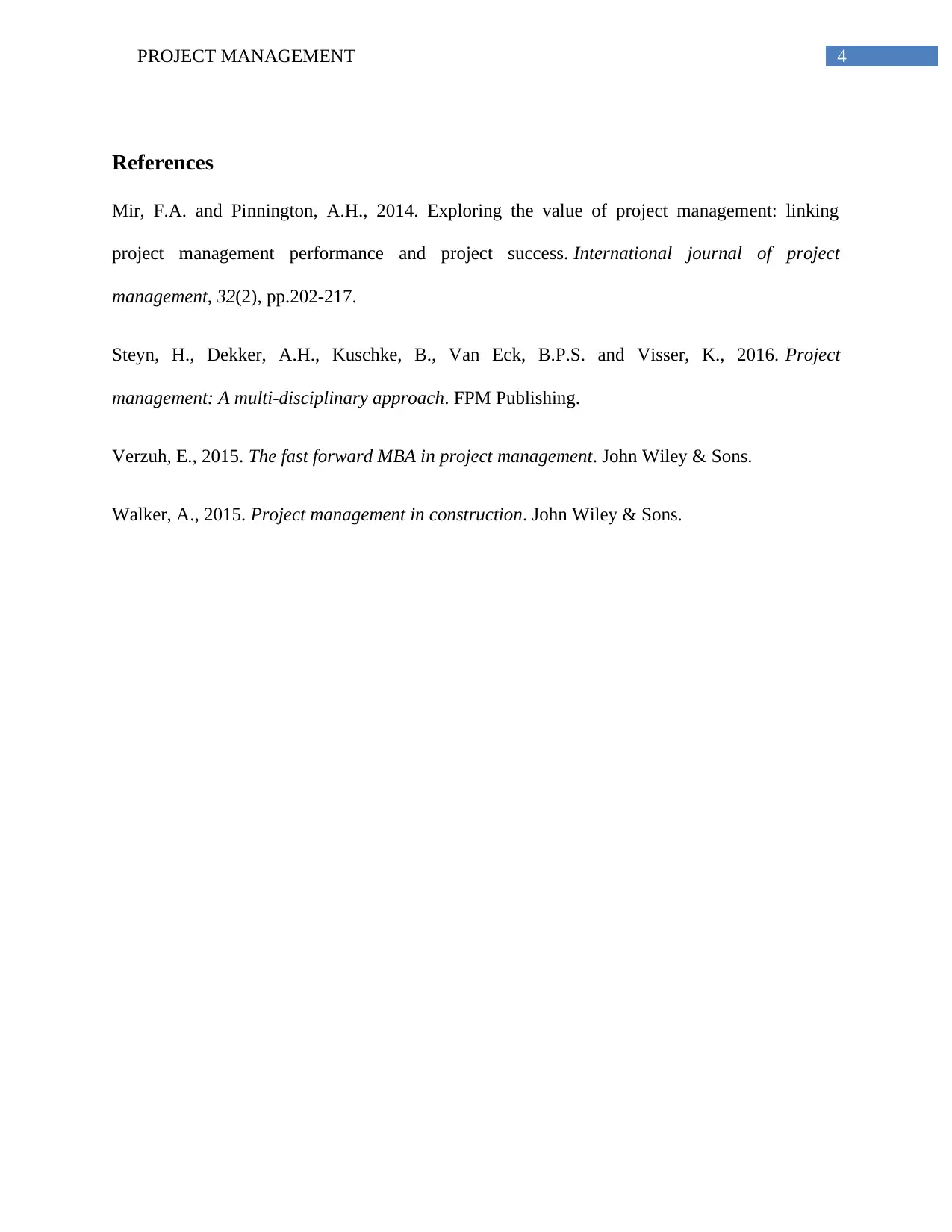





![[object Object]](/_next/static/media/star-bottom.7253800d.svg)